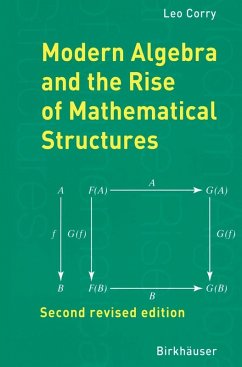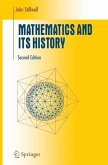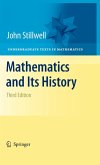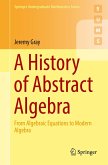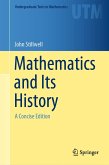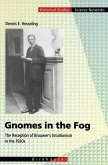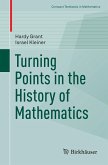The notion of a mathematical structure is among the most pervasive ones in twentieth-century mathematics. Modern Algebra and the Rise of Mathematical Structures describes two stages in the historical development of this notion: first, it traces its rise in the context of algebra from the mid-nineteenth century to its consolidation by 1930, and then it considers several attempts to formulate elaborate theories after 1930 aimed at elucidating, from a purely mathematical perspective, the precise meaning of this idea.
Part one dicusses the process whereby the aims and scope of the discipline of algebra were deeply transformed, turning it into that branch of mathematics dealing with a new kind of mathematical entities: the "algebraic structures". The transition from the classical, nineteenth-century, image of the discipline to the thear of ideals, from Richard Dedekind to Emmy Noether, and culminating with the publication in 1930 of Bartel L. van der Waerden's Moderne Algebra. Following its enormous success in algebra, the structural approach has been widely adopted in other mathematical domains since 1930s. But what is a mathematical structure and what is the place of this notion within the whole fabric of mathematics? Part Two describes the historical roots, the early stages and the interconnections between three attempts to address these questions from a purely formal, mathematical perspective: Oystein Ore's lattice-theoretical theory of structures, Nicolas Bourbaki's theory of structures, and the theory of categories and functors.
Part one dicusses the process whereby the aims and scope of the discipline of algebra were deeply transformed, turning it into that branch of mathematics dealing with a new kind of mathematical entities: the "algebraic structures". The transition from the classical, nineteenth-century, image of the discipline to the thear of ideals, from Richard Dedekind to Emmy Noether, and culminating with the publication in 1930 of Bartel L. van der Waerden's Moderne Algebra. Following its enormous success in algebra, the structural approach has been widely adopted in other mathematical domains since 1930s. But what is a mathematical structure and what is the place of this notion within the whole fabric of mathematics? Part Two describes the historical roots, the early stages and the interconnections between three attempts to address these questions from a purely formal, mathematical perspective: Oystein Ore's lattice-theoretical theory of structures, Nicolas Bourbaki's theory of structures, and the theory of categories and functors.
Dieser Download kann aus rechtlichen Gründen nur mit Rechnungsadresse in A, B, BG, CY, CZ, D, DK, EW, E, FIN, F, GR, HR, H, IRL, I, LT, L, LR, M, NL, PL, P, R, S, SLO, SK ausgeliefert werden.

